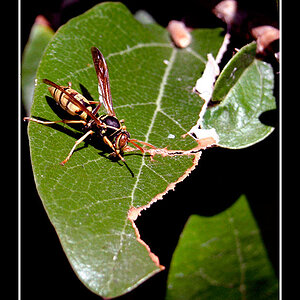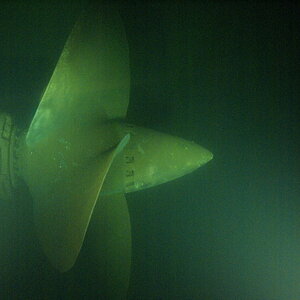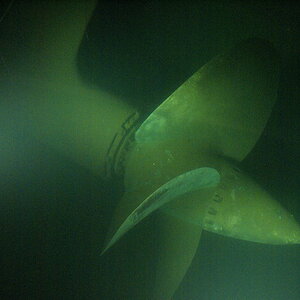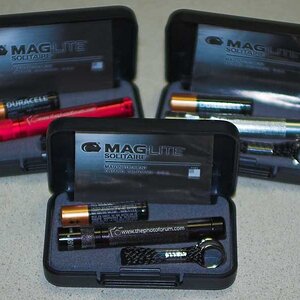Garbz
No longer a newbie, moving up!
- Joined
- Oct 26, 2003
- Messages
- 9,713
- Reaction score
- 203
- Location
- Brisbane, Australia
- Website
- www.auer.garbz.com
- Can others edit my Photos
- Photos NOT OK to edit
Ok so I've been reading up on landscape photography recently since it's something I really like, and the problem of narrow dynamic range of film compared to eyes was mentioned. Since then I've looked at some Cokin ND Grad filters, the flat plate ones with an adapter ring to hold it infront of the lens. But I need a bit more information.
From what I've gathered i'm looking for a Smooth gradient filter, not one with a sharp transition. But there's still several different densitites. As I only have enough money initially for a single ND Grad filter can someone recomend how dense a filter I need?
I'll mainly be using it for Dusk photos (but not direct sunset photos where the idea is usually to get the incredible silhouettes) and photos on Overcast days where the extreme white sky often blows out when trying to capture foreground detail.
Oh and any further advice and examples on using these filters is more then welcome since it'll save me asking stupid questions later
From what I've gathered i'm looking for a Smooth gradient filter, not one with a sharp transition. But there's still several different densitites. As I only have enough money initially for a single ND Grad filter can someone recomend how dense a filter I need?
I'll mainly be using it for Dusk photos (but not direct sunset photos where the idea is usually to get the incredible silhouettes) and photos on Overcast days where the extreme white sky often blows out when trying to capture foreground detail.
Oh and any further advice and examples on using these filters is more then welcome since it'll save me asking stupid questions later





![[No title]](/data/xfmg/thumbnail/35/35931-5e10675f3f7d827bc7ae4689f16bda8a.jpg?1619737234)


![[No title]](/data/xfmg/thumbnail/37/37633-94737d4436dff45b827dcc332ff7fba9.jpg?1619738156)




